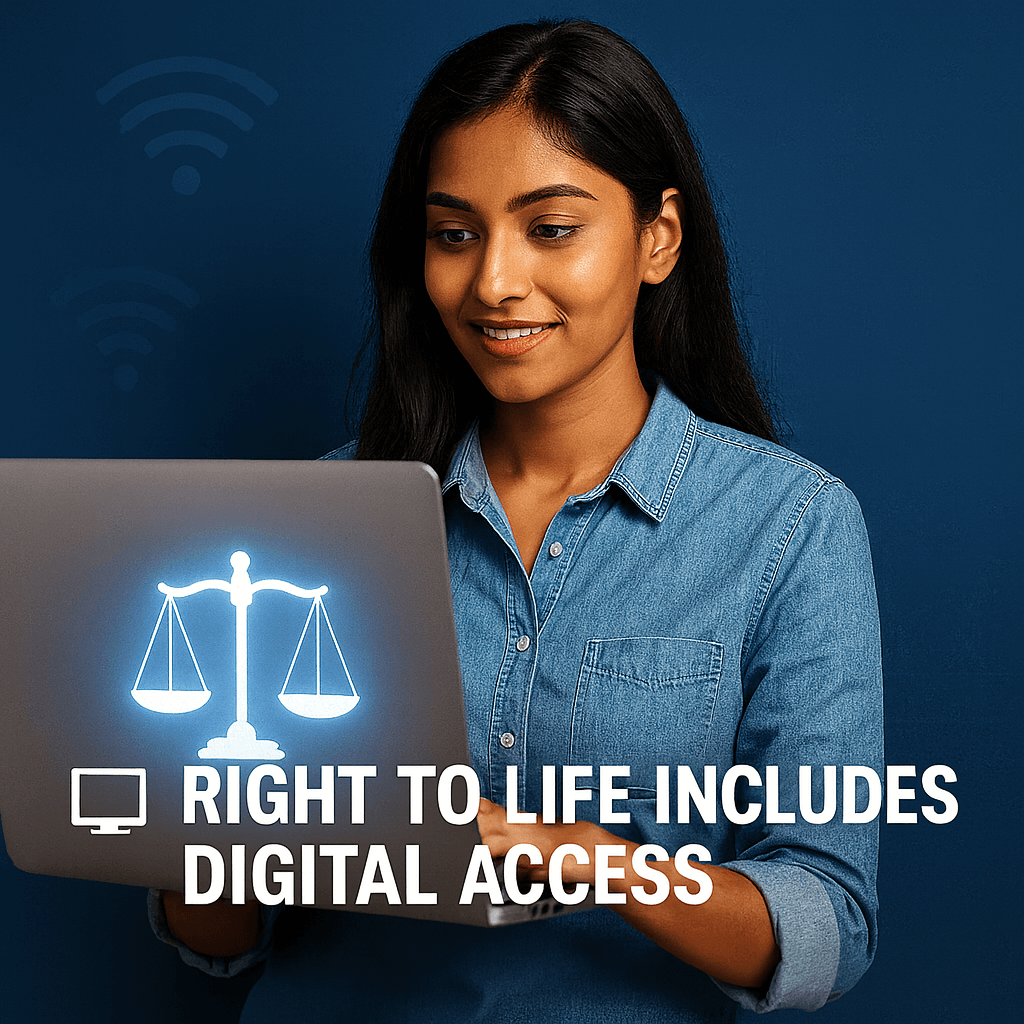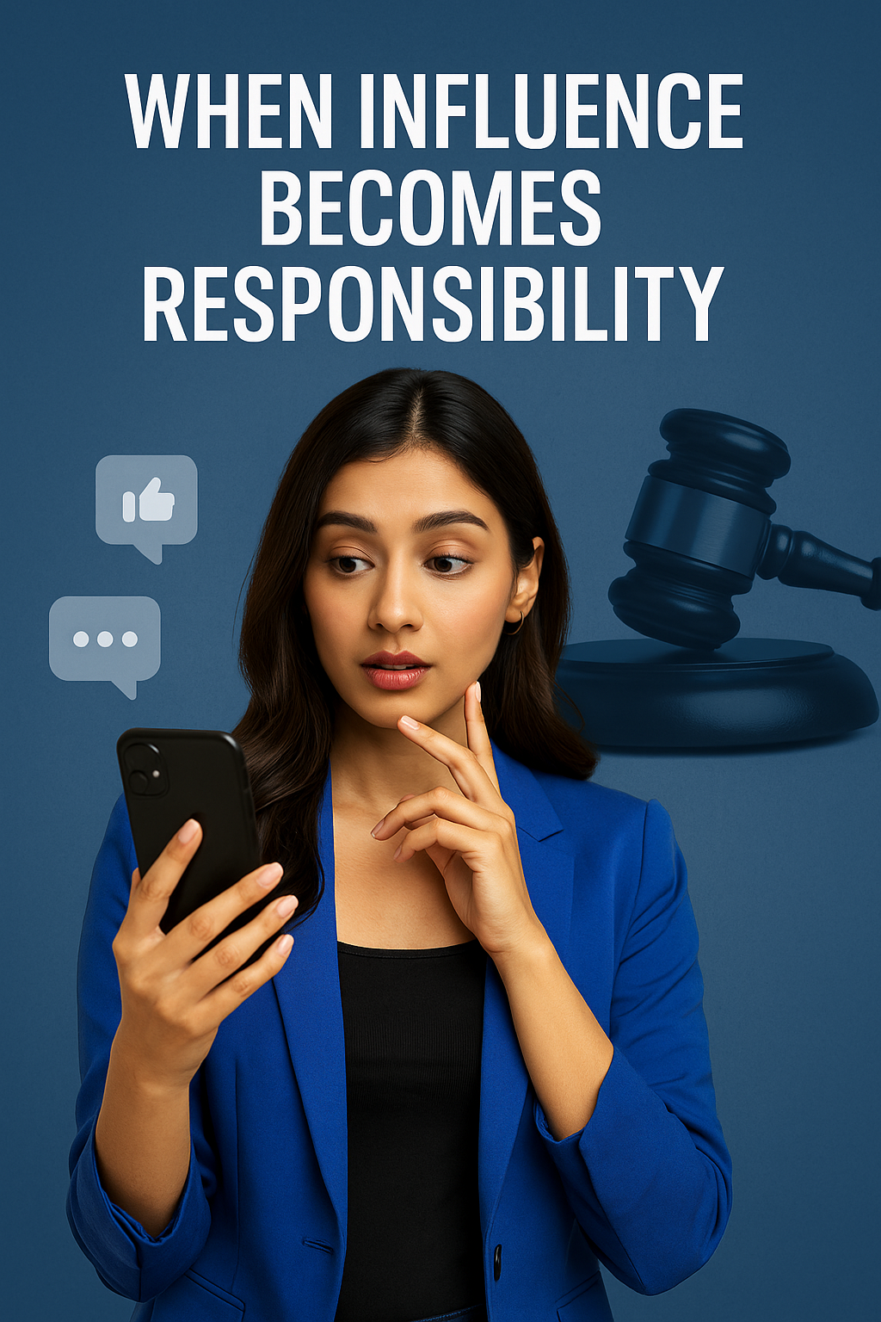
💻 Right to Life Includes Digital Access | Supreme Court’s Landmark Observation ⚖️
The **Supreme Court of India** has taken another progressive step in interpreting the **Right to Life under Article 21** — recognizing that **access to digital services and the internet** is now an essential part of living with dignity in the 21st century.
In a series of recent rulings, the Court emphasized that **denying access to digital information, government services, or education** amounts to an infringement of the constitutional guarantee of **life and personal liberty**.
🧾 Background: From Article 21 to the Digital Age
Article 21 of the Indian Constitution guarantees that “No person shall be deprived of his life or personal liberty except according to procedure established by law.”
Over decades, the Supreme Court has expanded its scope — from basic survival to a **right to live with dignity**.
The digital era has added a new dimension: **the right to digital inclusion.**
In the landmark **Anuradha Bhasin v. Union of India (2020)** case, the Court held that **access to the internet is integral to freedom of speech and trade**, linking it closely to **Article 19** and **Article 21.**
⚖️ The Supreme Court’s View
- 💻 **Digital access** is not a luxury — it is a necessity for participation in modern life.
- 🏛️ Denial of access to online education, healthcare, or government services violates **Article 21**.
- 📡 The State must take steps to ensure **affordable and inclusive internet connectivity**, especially in rural areas.
“In today’s world, the right to life necessarily includes the right to access digital spaces that enable education, expression, and livelihood.”
— Supreme Court of India, 2024
🌐 Impact of the Ruling
- 🧑🎓 Strengthens digital education and e-learning rights for students.
- 🏥 Ensures access to telemedicine, e-governance, and public welfare portals.
- ⚖️ Reinforces India’s commitment to **digital equality** and **constitutional dignity**.
This evolving jurisprudence signals that **constitutional rights must adapt to technological realities**.
The Court continues to bridge the gap between traditional law and digital life.
📘 Free Study Material for Law Students!
Download our FREE study material prepared by Delhi Law Academy’s expert faculty.
💬 Frequently Asked Questions on Right to Life & Digital Access
Contact us
📍 Delhi Law Academy – Jaipur Branch
6C, Tower 2, Coaching Hub, Pratap Nagar, Jaipur – 302033
📞 Phone:
+91 9911916552
+91 8447285606
✉️ Email:
contactus@delhilawacademy.com

